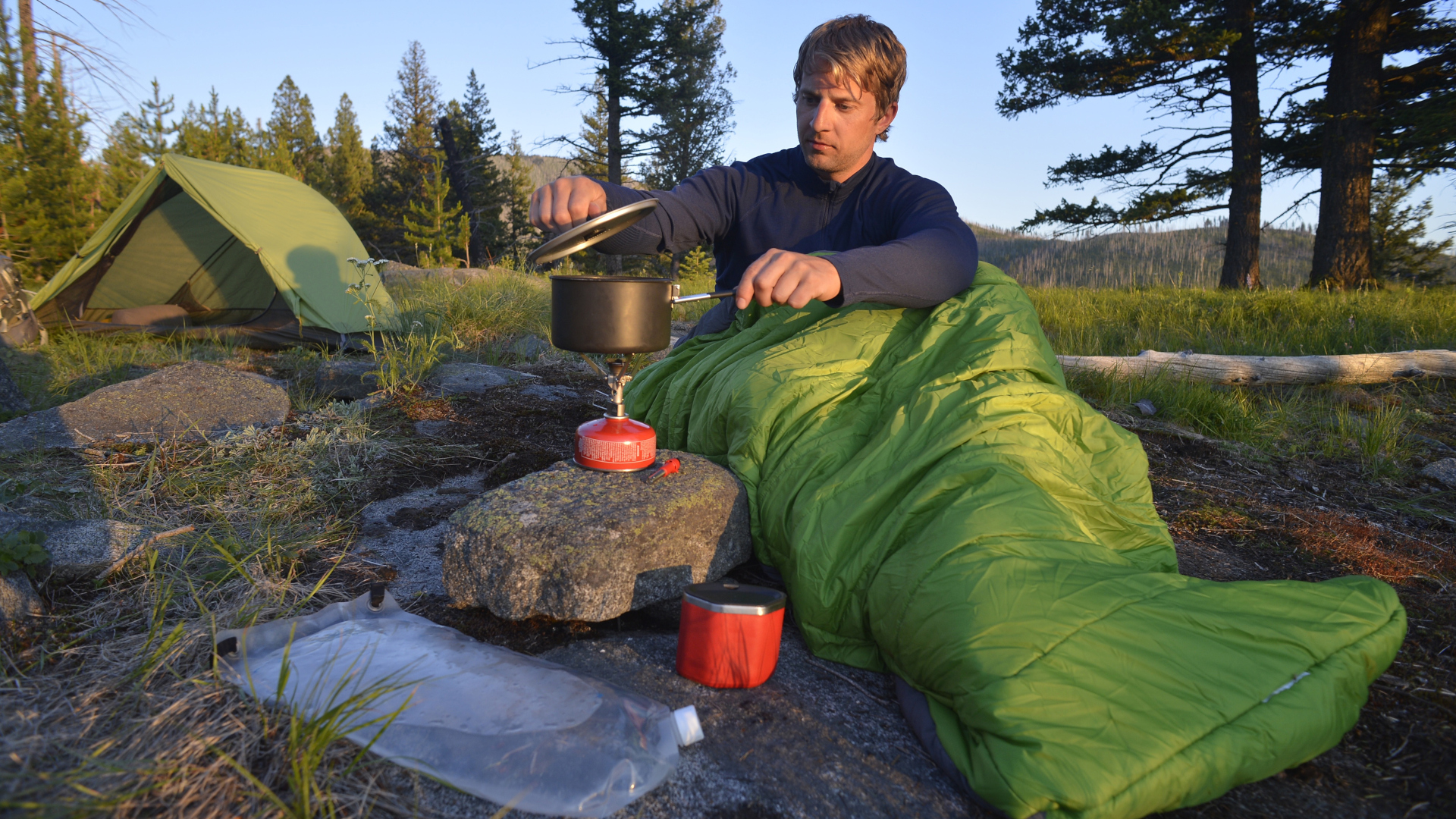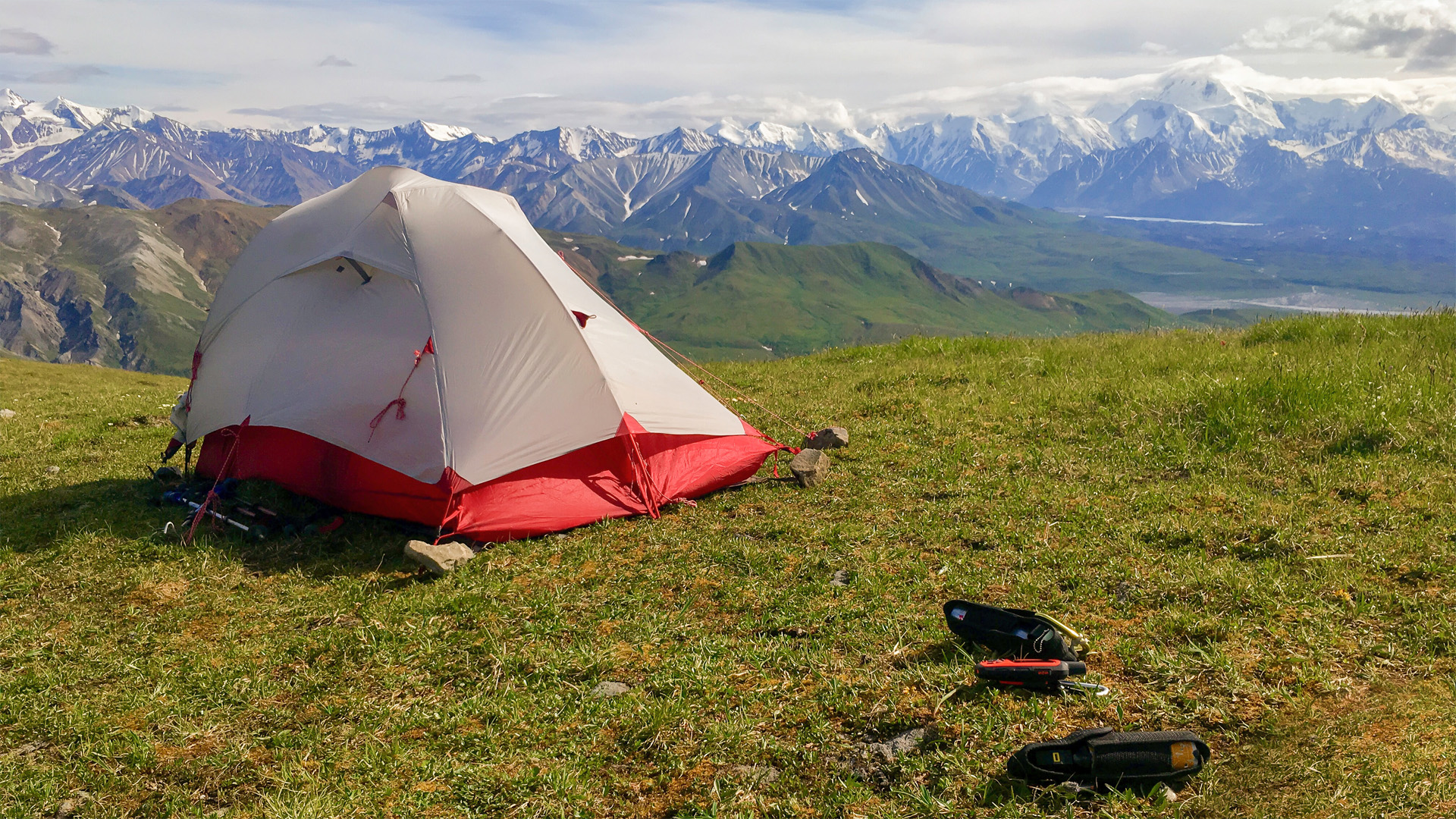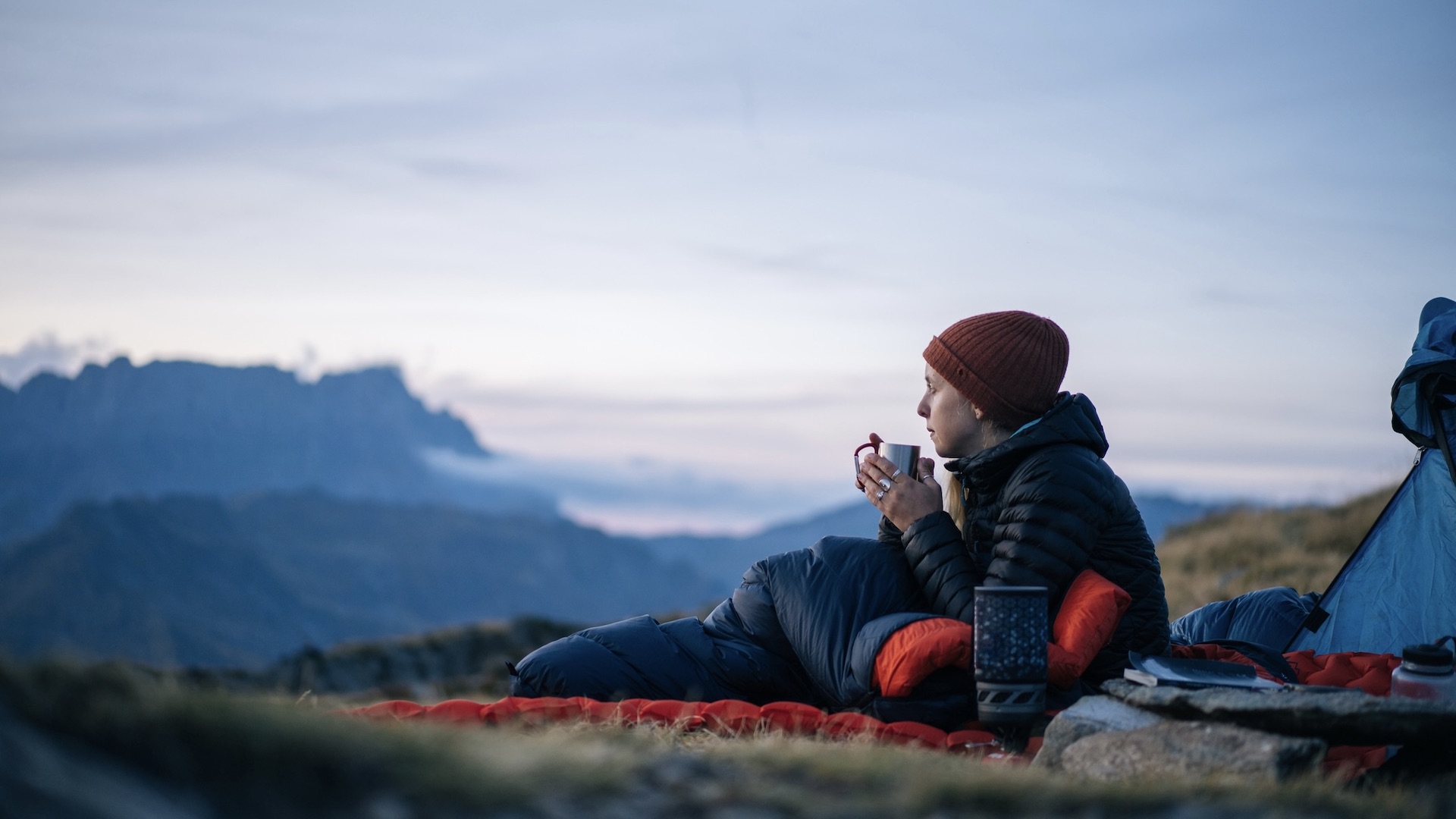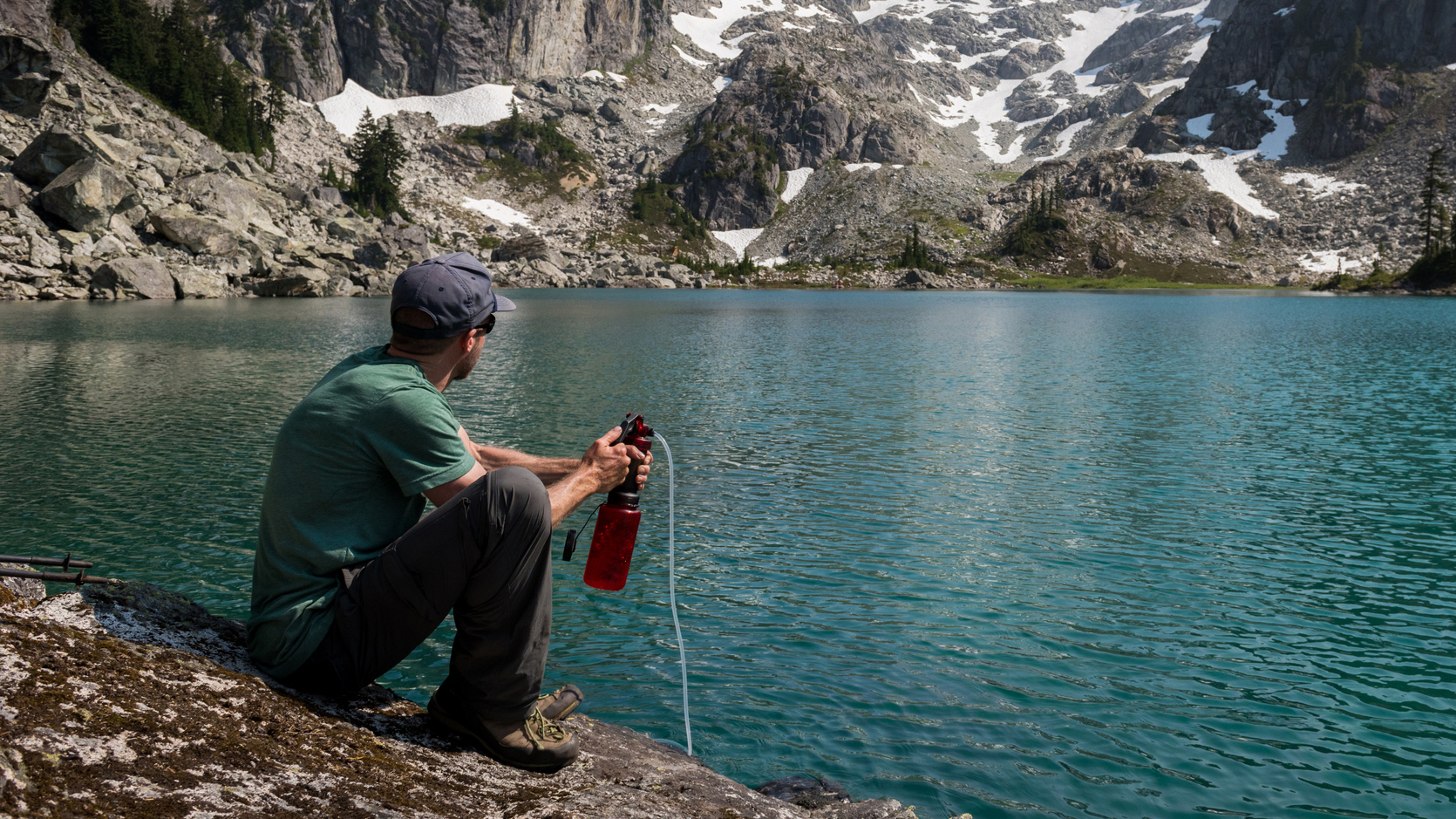
Backcountry camping is a whole different world to frontcountry camping. Instead of driving into a designated pitch and praying you’re not close to the toilets, you can select any spot you like with the most stunning views nature has to offer – except that there’s more to it than that. When you’re backpacking, you may need to put a little extra effort into finding a site that’s safe, sheltered and comfortable and when pitching your tent, you’ll need to ensure you minimize your footprint and observe the principles of Leave No Trace.
Backpacking and backcountry camping are some of the best adventures you’ll ever have, but you want a good night’s sleep, especially if you have a long day of hiking ahead of you. That means choosing the right tent and the best sleeping bag and sleeping pad, but it also requires picking a great campsite to ensure you don’t end up rolling downhill, soaking wet or, if possible, hiding in your tent from the mosquitoes all night long.
Read on for our top seven tips for how to choose a five star backcountry campsite to avoid common hazards and faux pas, and find spots that are comfortable and safe.
1. Plan ahead
Whether you’re walking a stretch of a long distance trail, exploring a National Park or heading out on BLM land, it’s a good idea to do your research in advance and find out what camping is available. Some wilderness areas are quiet and most responsible camping is fair game, whereas others may require backcountry permits and advance campsite reservations. Find out ahead of time if you’re likely to be met with restrictions and how much camping is likely to be available.

2. Start looking in daylight
If you haven’t secured a campsite ahead of time, don’t wait until dusk to start looking for a site or you might end up pitching in the dark, which isn’t impossible, but isn’t fun. What time you start looking all depends on the time of year and how much daylight is available, but as a general rule of thumb, it’s a good idea to start keeping an eye out at least a couple of hours before sunset. That way if it takes a while, you won’t run out of light before you find a spot and get settled (but bring a headlamp just in case).
3. Seek out existing pitches
When you’re camping in the backcountry, one of the best things you can do to support local vegetation and wildlife is to use existing pitches. Basically, look for spots where the earth is bare and largely free of plants because others have pitched there. There will often be a fire pit indicating that it’s a previously used site. These sites have two advantages: first, they are likely to be in the best spots – on flat ground and relatively sheltered from the wind – and second, camping here means you won’t cause further damage to the ecosystem.

4. Consider the conditions
When deciding exactly where to pitch your tent, consider the conditions in terms of terrain, season, weather and even bugs. If it’s windy, seek a natural wind block like a boulder, if it’s a hot summer, look for shade. If it’s buggy, try to find an exposed area where you’ll get a nice breeze and if none of the above is an issue, seek out a spot with a beautiful view. Alpine lake basins can provide perfect camping areas with some shelter, fresh water and natural beauty.
5. Give other campers space
It’s not always possible to have the backcountry to yourself, but try not to pitch right next to other campers, unless you’re invited to do so. If you arrive in the area where you plan to spend the night and other campers are already set up, give them a nod but also give them some space and privacy.
6. Pitch near a water source – but not too near
If possible, pitch near a water source so that you have water to make your meals, refill your water bottle and wash up. That said, don’t pitch too close to a water source either. Doing so could place you in danger during a flash flood, and may also mean bugs are a pest.

7. Know where not to pitch a tent
Finally, and most importantly, you should know where not to pitch a tent. Unlike frontcountry camping, campsites may not have been scouted by park rangers to ensure their safety and there are lots of hazards you want to make sure to avoid, like dead trees that can fall on your tent, exposed areas above treeline, in desert washes that can flood and on boggy ground. Read our article on where not to camp for some tips to keep you safe and ensure a comfortable night.






